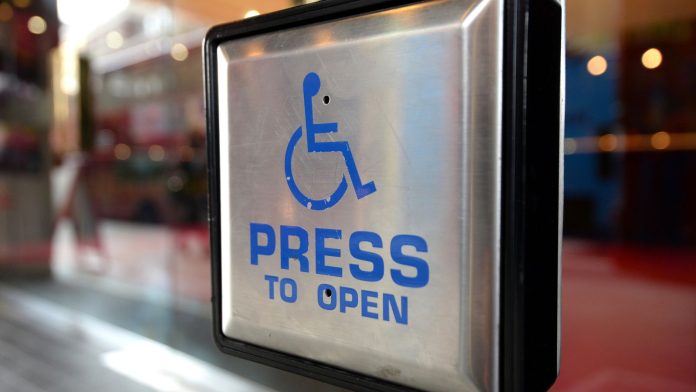The number of children aged under 16 who have a disability has increased by almost half a million over the past decade, and disability is most prevalent among older children.
But around one-in-four who claim disability benefits then stop as they approach adulthood, causing a major income shock at a critical stage of their lives, according to new Resolution Foundation research published today .
Growing pressures explores the worrying trend of the growing amount of disability among children, and its implications for the disability benefits caseload and spending.
The report notes that the number of children in Great Britain who have a disability has increased by almost half a million over the past decade (2012-13 to 2022-23) to reach 1.2 million.
The increase has been most stark among older children – the share of 15-year olds with a disability has increased from 10 to 17 per cent over the past decade. This is a sharper proportional rise than among young children (up from 8 to 10 per cent among eight-year olds) and the working-age adult population as a whole (up from 16 to 23 per cent).
As a result, last year young people aged 15 and 16 were more likely than those in their 20s, 30s, or 40s to be claiming a disability benefit. It was only by age 52 that the proportion of adults in receipt of disability benefits was higher than among these teenagers.
The increased prevalence of children with a disability means that more children are being awarded Child DLA in England and Wales – up from 333,000 to 682,000 between 2013 and 2023. Child disability benefit spending has increased as a result; up from £1.9 to £4.0 billion over the past decade (in real terms). Spending on Child DLA is set to rise even more rapidly in the next five years and reach £6.4 billion by the end of the decade (2028-29).
The report notes that the growing Child DLA caseload is almost entirely driven by awards made to children whose main condition is either a learning difficulty, behavioural disorder, or attention deficit hyperactivity disorder (ADHD). Four-in-five recipients of Child DLA now have one of these as their main condition.
But while the caseload of Child DLA is rising, the report finds that the number of children claiming disability benefits in England and Wales falls by more than a quarter between the ages of 15 and 17, as young people transition from Child DLA to Personal Independence Payments (PIP).
The Foundation says that this may be explained by differing eligibility criteria or, more positively, because their condition changes and they no longer need support. However, the abrupt drop in benefit receipt means that many young people are losing touch with the benefit system at this arbitrary cut off point as they approach adulthood.
Given the major cash implications of no longer receiving disability benefits – someone receiving Child DLA but not PIP could see their income fall by at least £124 a month – the drop off in claims could hurt young people’s living standards at a crucial stage of their lives, as they prepare to move into higher education or the world of work.
The Foundation says that the rising caseload of disability claims among children and adults alike has fiscal implications that the Government rightly wants to address. However, a sustainable solution will require tackling the underlying prevalence of disability, rather than simply focusing on the generosity and eligibility of benefits.
Louise Murphy, Senior Economist at the Resolution Foundation, said:
“The rising prevalence of disability across Britain is driving up the number of children awarded disability benefits, and that increase is most stark among older children. 15 and 16 year olds today are more likely to receive disability benefits than people in their 20s, 30s and 40s.
“But while children are more likely to claim disability benefits than in the past, around one-in-four fall out of the disability benefits system as they approach adulthood. There may be positive reasons for no longer claiming support, but it is a huge worry if young people are leaving the benefits system and missing out on support at the arbitrary cut-off point of age 16, rather than when their condition changes.
“It is understandable that politicians want to reduce the rise in disability benefit spending. But to do that they will need to understand and address the root causes of rising disability among children.”







